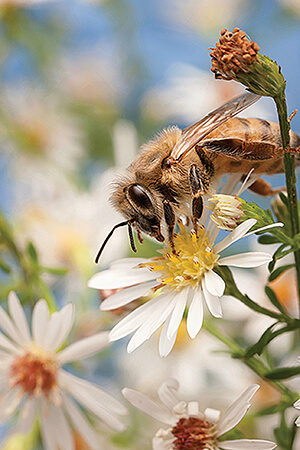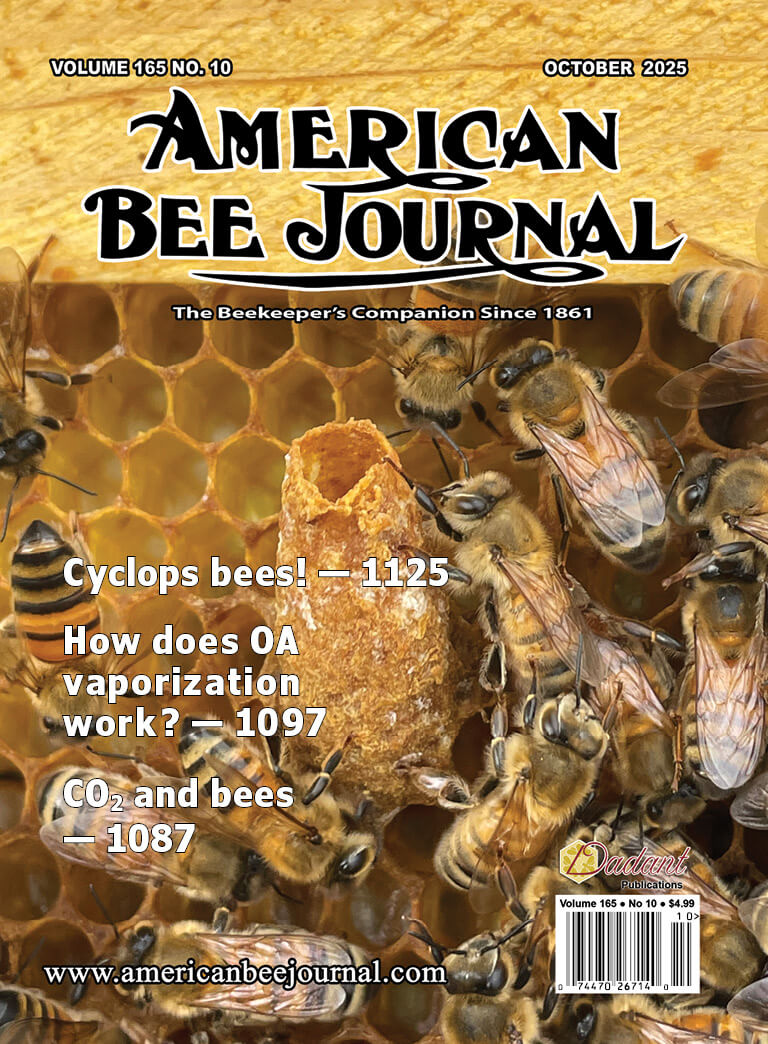
Tucson, Arizona — Whether the pollen honey bees collect comes from spring or fall flowers can be a vital factor in supporting the annual cycle of behaviors that sustain a honey bee colony, according to a study by U.S. Department of Agriculture’s Agricultural Research Service scientists.
Biologists know that many animals such as deer or elk have different nutritional requirements throughout the year depending on the season. These differences in nutrient needs are supported by the plants in the areas where the animals live. In the spring, nutrient-packed resources such as plant shoots meet the elevated nutritional demands of rearing young. In the fall, lipid-rich seeds and fruit supply high-calorie reserves that provide fat stores for them during winter.
“We thought there might be a similar relationship between honey bee nutritional needs and nutrients in seasonal pollens. In the spring and summer, honey bee colonies concentrate on raising new bees. In the fall, they shift to preparing for a winter that is often spent in the hive surviving the cold. These activities may have different nutritional needs,” explained ARS entomologist Gloria DeGrandi-Hoffman, who led the study. She is the research leader of the ARS Carl Hayden Bee Research Center in Tucson, Arizona.
“Determining the nutritional needs of honey bees at different times of the year and how they are met with pollens from different seasonal flowers is a key to maintaining the health of honey bee colonies. With more specific information about nutrients in seasonal pollens, seed mixtures for pollinator plantings could be customized by location and season and seasonal pollen substitute diets could be developed,” DeGrandi-Hoffman said.
To determine if nutrients in spring and fall pollens differ and if their nutrients align to support seasonal activities, the scientists compared spring and fall pollen collected by bees in central Iowa and southern Arizona. Though the types of flowers from which bees foraged in the spring differed between Iowa and Arizona, the spring pollens were similar in many nutrients, especially in the essential amino acids and many fatty acids needed to rear new bees.
One interesting difference between spring pollens from Iowa and Arizona was that spring Iowa pollen had ….


